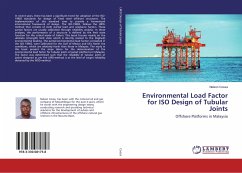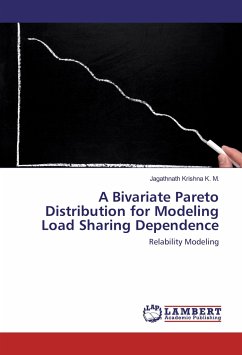In recent years, there has been a significant trend for adoption of the ISO-19902 standards for design of fixed steel offshore structures. The implementation of this standard aims to provide a harmonized international framework of design. The ISO-19902, follows the LRFD-method that consists of both partial load and resistance factors. These partial factors are usually calibrated through reliability analysis. In these analyses, the performance of a structure is defined by the limit state function for the critical mode of failure. This book focuses mainly on the ultimate (strength) limit state which is directly related to the (highest) environmental loading. The partial environmental load factors contained in the ISO 19902, were calibrated for the Gulf of Mexico and UK's North Sea conditions, which are relatively harsh than those in Malaysia. The study in this book present the steps taken for the determination of the environmental load factor for tubular joints of jacket platforms in Malaysia. The factor was determined such that the reliability of tubular joints of jacket designed as per the LRFD-method is at the level of target reliability obtained by the WSD-method.
Bitte wählen Sie Ihr Anliegen aus.
Rechnungen
Retourenschein anfordern
Bestellstatus
Storno








